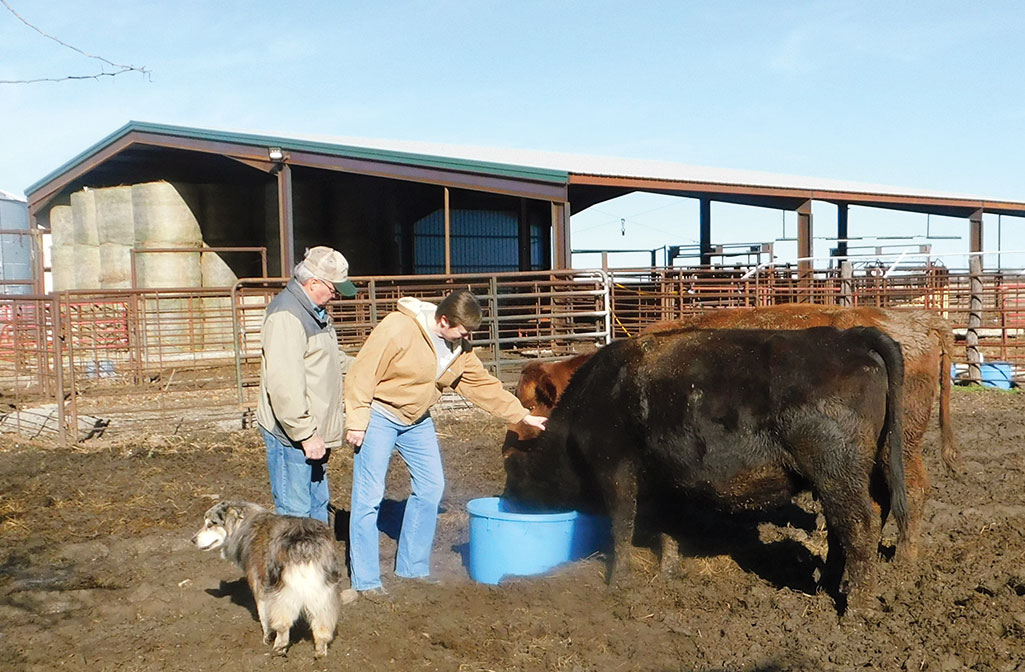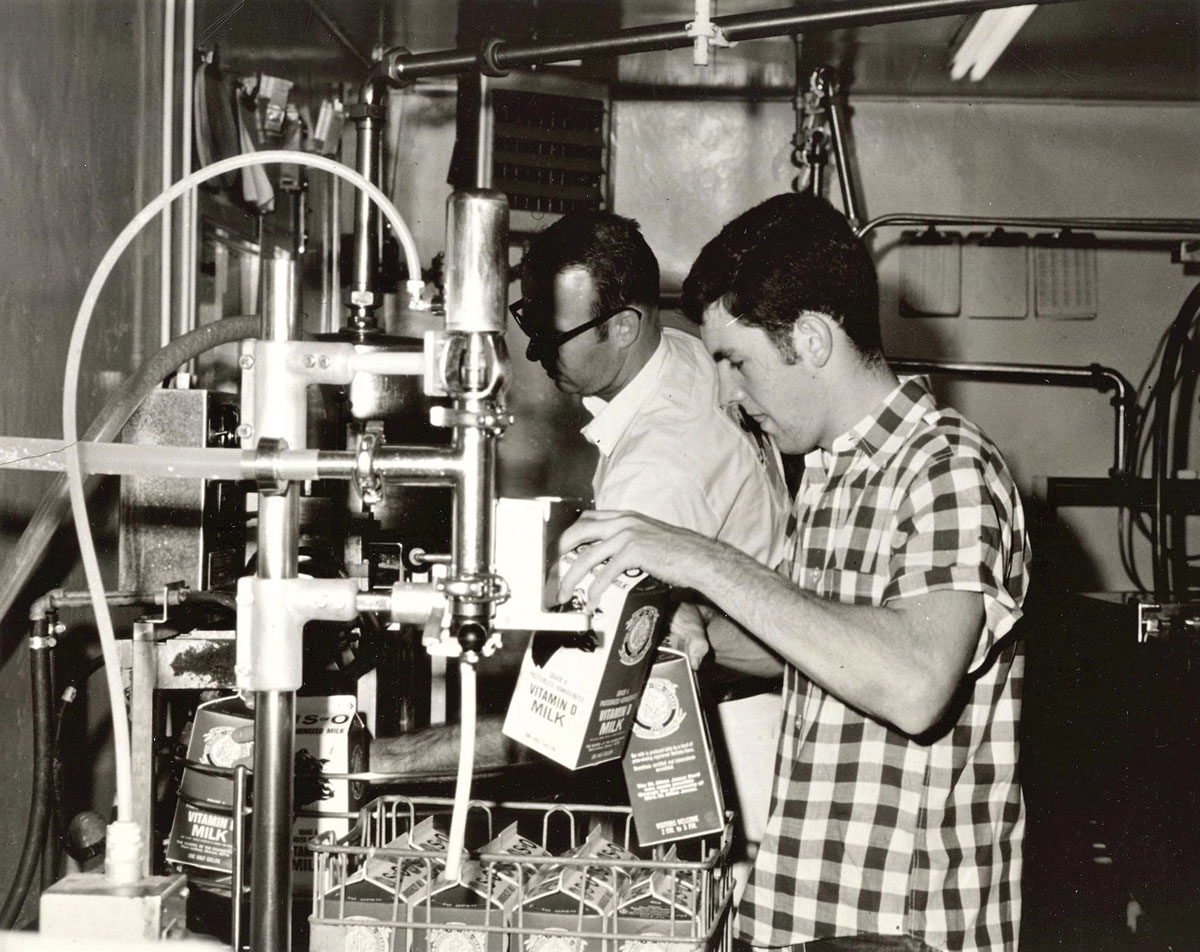
GROW Gelbvieh founders started with the breed in 1993
Chet and Marla Foreman live on a farm located a mile and a half north of Walker, Mo.
Part of the farm has been in the family for more than 100 years. They live in the house in which Chet grew up.
Living on the farm and showing 4-H cattle, Chet has raised cattle most of his life. His first cow was given to him by his grandparents, Chester and Beulah Alexander, when he was 9 years old. Today, they have a herd of about 50 cows. The main influence of their cattle herd is registered Gelbvieh and Balancers, commercial Gelbvieh, Balancers and Angus.
“I learned a lot of valuable knowledge about cattle health while working with Dr. Harold Beck at the sale barn near Walker. It was open one day a week. I started in 1982, and worked until it closed several years later,” Chet said. “I became interested in Gelbvieh when I went to AI school in 1982. The instructor talked about the research being done in Nebraska. He said Gelbvieh excelled at milking ability and carcass traits. Gelbvieh had only been in the United States for 10 years at that time. I had never heard of them, but decided to try the breed.”
Chet became a member of the Gelbvieh Association in 1993.
“At the time of joining the American Gelbvieh Association, a prospective member had to send in six possible herd prefixes. They had to be either three or four letters. It wasn’t my first choice, but GROW was one of my choices and it was the one assigned to our farm, hence the name GROW Gelbvieh.”
They use QLF feed (liquid) for their heifers after weaning and other cows as needed. Protein tubs are also used as weather conditions warrant. They add creep feed for the calves during the hottest part of the summer and in the winter. The pastures are clipped and fertilized routinely.
“We sell a few bulls through private treaty using Craigslist and Facebook,” Chet said. “This has proved a good way to let people know what we have available. The other calves are marketed at either a sale barn or livestock buying station. We’ve also entered bulls in the Green Springs Bull Test a couple of times and they have performed well there. A few years, we showed them at the Ozark Empire and Missouri State Fairs.”
Their cows are dewormed twice a year, with young calves being given black-leg shots. At weaning calves are given two rounds of vacinations as recommended by their veterinarian. The cows are preg checked either in spring or fall, depending on which group they are in.
The calving season is split fairly evenly between spring and fall. The bull is put out with yearling heifers May 1. Other bulls go out May 21 for spring calves and Dec. 1 for fall calves. The bulls are left out about 90 days. They currently are using a registered Angus bull on heifers and black registered Gelbvieh bulls on the rest of the cows.
Reba Rapp of Rapp Premium Genetics has been helping them with the AI work for the last few years.
“We’ve AI’ed 10 cows to a national champion red Gelbvieh bull. These calves will be due in September 2020. I intend to AI more in the future as this is one way to upgrade the quality of the herd,” Chet said.
When looking for a new herd bull or AI bull, Chet pays close attention to the milk and growth EPDs. He also pays attention to the other EPD numbers to make sure there aren’t any extremes in positive or negative directions among the different traits.
Close attention is given to the udder quality of the cows.
“I don’t want to have to get a cow in and milk her out when she calves because of a bad udder,” Chet said. “I work an off-the-farm job during the week and expect the cows to calve on their own. I don’t want to sell a bull that came from a cow with udder problems. They will end up having problems when they keep daughters from that bull.
“Probably the best part of selling bulls is when I have repeat customers. That tells me the first bull did well. Most of the bulls I’ve sold have been in Missouri and Kansas, one went to the panhandle of Texas and a couple to Arkansas.
Marla’s bigger interest is in the commercial herd of black Angus, which she has admired and built up for many years.
Chet is a rural mail carrier out of the Nevada Post Office. Marla is the head volleyball coach at Cottey College in Nevada. The couple have four children and seven grandchildren, most of which have sports and other events that keep them busy away from the farm. They are also members of the Vernon County Cattlemen’s Association, Missouri Cattlemen’s Association, Heart of America Gelbvieh Association and the Ozark Country Gelbvieh Breeders Group.






